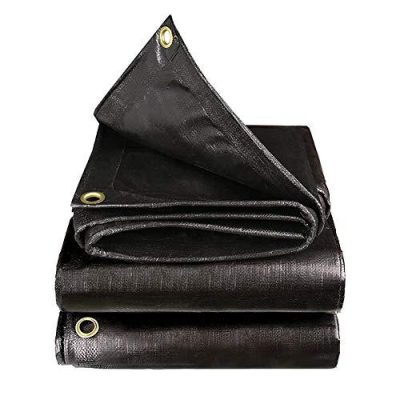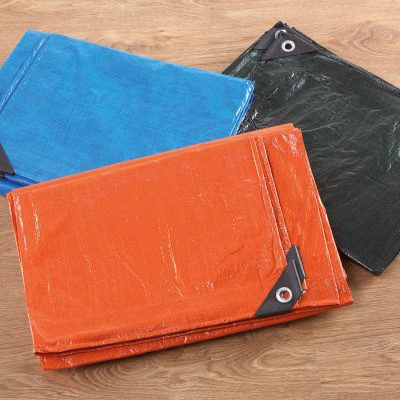- Durability and Longevity: PVC tarpaulins are known for their durability and resistance to environmental wear and tear. They have a longer lifespan compared to some other materials like traditional canvas or fabric tarps. This means that they need to be replaced less frequently, reducing overall resource consumption.
- Resistance to Moisture and Mold: PVC tarpaulins are naturally resistant to moisture and mold growth. This property helps prevent degradation and the need for frequent replacements due to water damage.
- Low Maintenance: PVC tarpaulins are relatively low-maintenance. They can be cleaned easily with water, reducing the need for chemical cleaners that can be harmful to the environment.
- Recyclability: While PVC is not as easily recyclable as some other plastics, recycling programs and processes for PVC are improving. PVC tarpaulins can sometimes be recycled into other PVC products, reducing waste.
- Energy Efficiency: The production of PVC tarpaulins typically consumes less energy compared to some alternative materials. This can result in a lower carbon footprint during the manufacturing process.
- Reduced Chemical Treatments: PVC tarpaulins often require fewer chemical treatments and coatings for waterproofing and UV resistance compared to some other materials. This can reduce the environmental impact associated with chemical production and disposal.
- Transportation Efficiency: PVC tarpaulins are lightweight and foldable, making them easy to transport. Their light weight can reduce fuel consumption and greenhouse gas emissions during transportation compared to heavier materials.
- Applications in Greenhouses and Agriculture: PVC tarpaulins are commonly used in agriculture and horticulture for greenhouse covers and crop protection. They can help improve crop yields and reduce the need for chemical pesticides, contributing to more sustainable agriculture practices.
It’s important to note that the environmental benefits of PVC tarpaulins can vary depending on the specific product, manufacturing processes, and disposal methods. PVC is not without its environmental challenges, such as the use of chlorine and potential issues with recycling. However, advancements in PVC production and recycling technologies are addressing some of these concerns.
If environmental sustainability is a significant concern for your application, you may want to consider alternative materials or PVC tarpaulins that are produced using more environmentally friendly processes and that can be recycled more easily. Additionally, proper disposal and recycling of PVC tarpaulins at the end of their life can help minimize their environmental impact.


















